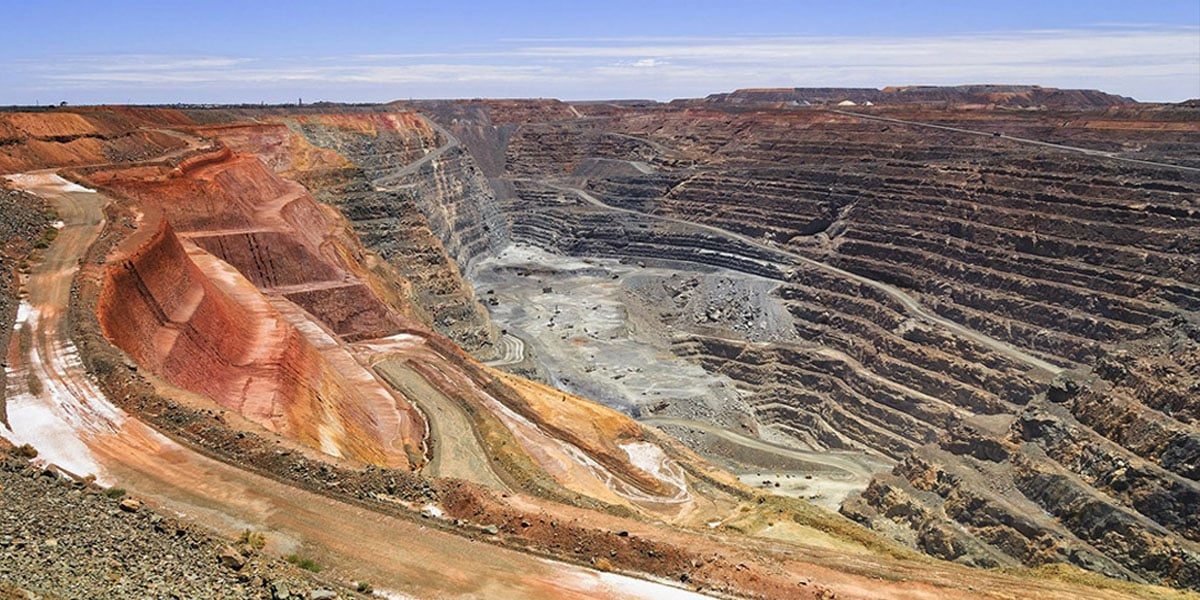The race is on – for lithium, that is. Electric vehicle (EV) makers like Tesla and its competitors are scrambling to get a foothold into the lithium mining and processing industry. However, this mad dash to secure shares – if not outright ownership – of the world’s largest lithium mines and facilities is making these companies make miscalculations that will cost them dearly in the long run.
As of June 24th, the multinational automotive firm Stellantis became the second-largest shareholder of upcoming lithium hydroxide producer Vulcan Energy Resources through an investment of US$53 million. The Netherlands-based carmaker is a joint venture between the Italian-American Fiat Chrysler conglomerate and French automaker PSA and aims to produce EVs for the western European market.
Meanwhile, EV giant Tesla recently inked a memorandum of agreement with another Australian lithium company, Liontown Resources. In doing so, Tesla CEO Elon Musk intends to push through with the possibility of his company digging up the mineral for its exclusive use.
Not to be left behind, Warren Buffett-backed Chinese EV manufacturer BYD, currently the world’s biggest EV maker in terms of sales, is poised to purchase six lithium mines in Africa to serve as a source of raw materials for its battery production arm.
Can it backfire? Possibly.
However, analysts say this sort of vertical integration appeals under the strain of the current economic crisis. However, this attempt to control the supply chain at the very source may backfire at EV makers.
Among the risks posed by vertical integration is overcommitment to initiatives resulting in under-delivery. It can also lead to an inability to agree on a long-term delivery pricing system, and offloading assets in the event the integration doesn’t work.
It is a common scenario in the global automotive industry. Indeed, just last month, Chinese EV battery maker CATL reported nearly $270 million in losses due to a recent meltdown in the nickel market.
No Shortage
At the moment, the price of lithium and its derivatives is at its most volatile, trading at ten times higher than it did back in 2020. So while there is no shortage, present or predicted, of the mineral, predicting the overall supply and demand remains a challenge.
However, analysts from Goldman Sachs predict that the large number of investments made in the lithium mining and production sector in recent years has the potential to increase overall production, thus reducing the commodity’s price by as early as next year.







